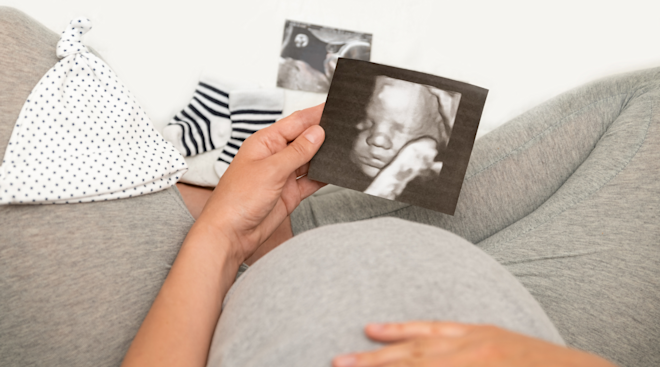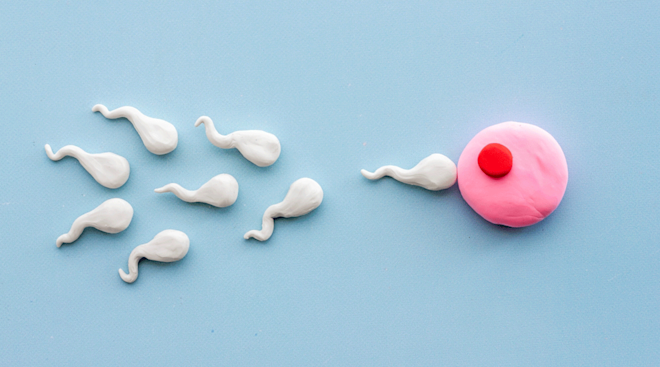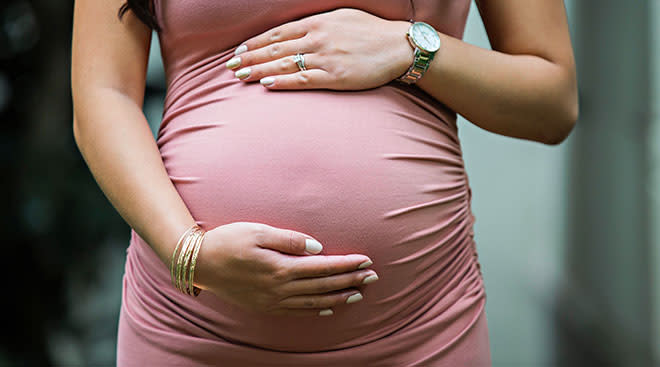It’s Not 50-50: Why Your Chances of Having a Boy Are Slightly Higher
Seem like everyone you know is making the “It’s a boy!” announcement? It’s not just you—it’s statistics.
Since the 17th century, scientists have noticed a slightly tilted sex ratio at birth: 51 percent of babies born are boys. So why is that? A group of biologists decided to probe further, and published their findings in a research article.
Researchers from Harvard, Oxford, Fresh Pond Research Institute and Genzyme Genetic collected 140,000 embryos created in fertility clinics and an additional 900,000 from fetal screening tests. Combined with 30 million records from live births, miscarriages and abortions, the massive amount of data made this the largest investigation of its kind.
Watch, Popular Baby Boy Names:
What’s surprising is what researchers didn’t find. There was no imbalance of male or female embryos at the time of conception. But they did discover that male and female embryo mortality rates vary throughout pregnancy, which skews the sex ratio.
In the first week or so after conception, there’s more male mortality than female. Things flip in weeks 10 through 15 when there are more female losses than male. The sex ratio levels off after around 20 weeks but then shifts in the third trimester due to excess male mortality. But when all is said and done, more female fetuses are lost during pregnancy—and that’s why we have more baby boys.
“The unbiased sex ratio at conception, the increase in the sex ratio during the first trimester, and total mortality during pregnancy being greater for females are fundamental insights into early human development,” the report states.
You can learn more about the findings in the Proceedings of the National Academy of Sciences.
(via NPR)
Please note: The Bump and the materials and information it contains are not intended to, and do not constitute, medical or other health advice or diagnosis and should not be used as such. You should always consult with a qualified physician or health professional about your specific circumstances.
Navigate forward to interact with the calendar and select a date. Press the question mark key to get the keyboard shortcuts for changing dates.




















































